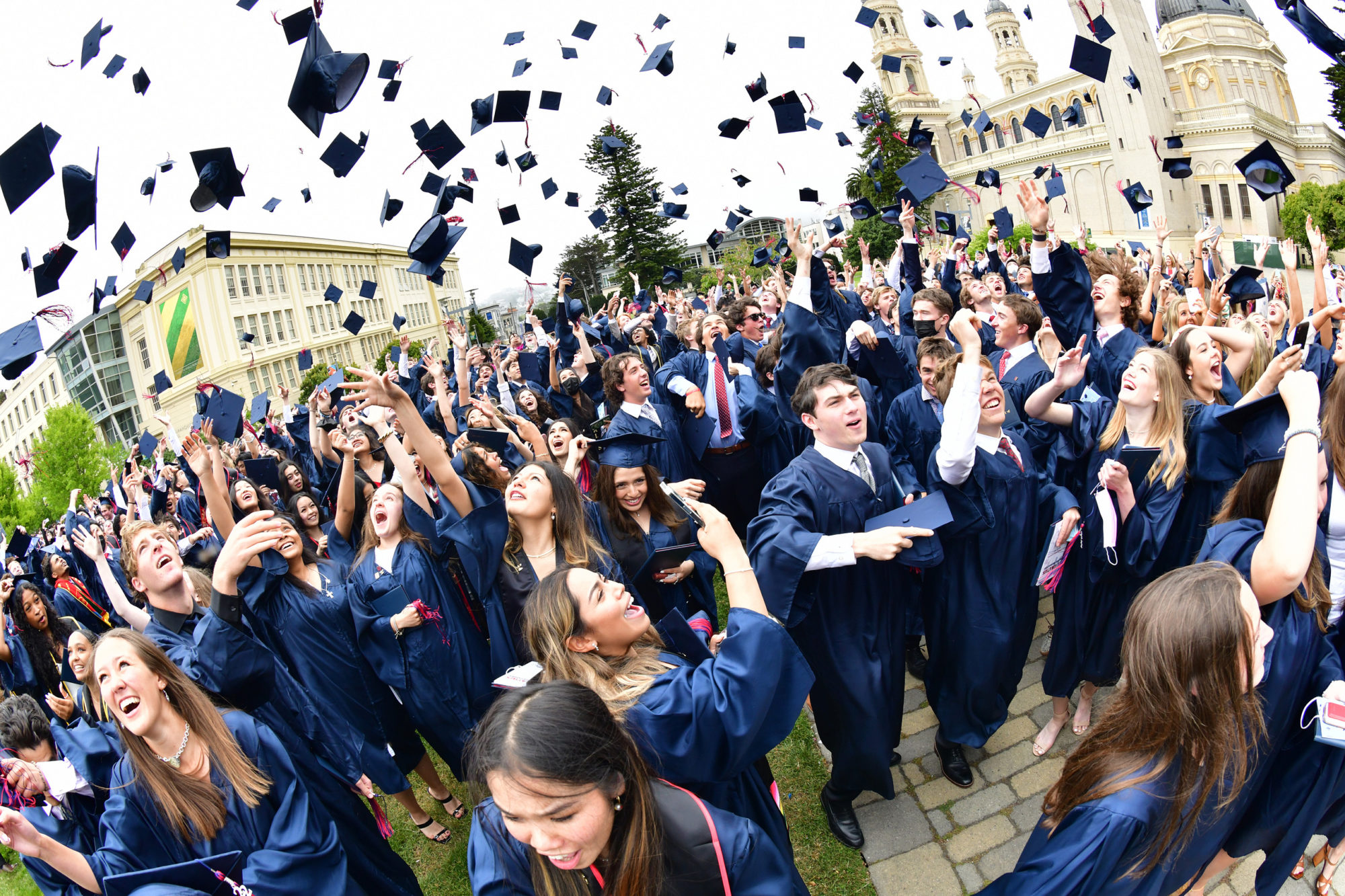Engineering and Design 2 – Electrical Design is a continuation in the Engineering and Design Pathway at SI. Students will build on the mechanical design skills and design thinking model to move towards creating electrical designs with Arduino hardware and use AI to code in C++. Students will create their own mechanical creations powered by electrical components. From something as basic as a button and LED, to more complex systems like LCDs and joysticks this is a class about allowing students to grow their creator minds using the principles of design as well as the skills of engineers. In this class students will become designers who create electronic products with every part of the user experience in mind, from the casing and mechanical components, to the electronics and interfaces.
Game Design and Development (8) 8th period
Game Design and Development is an introductory science and technology laboratory course where students will learn basic coding skills while utilizing the popular gaming platforms Unity and Roblox to create their own video games. Students will explore multiple programming languages, including but not limited to C-Sharp, C++, Lua, and JavaScript. Students will be introduced to fundamental concepts such as: variables, looping, conditional statements, functions, 3D modeling, graphics, and the algorithms that make computers work. Students will demonstrate critical thinking, creativity, and problem-solving skills in hands-on collaborative lab experiences.
UC/CSU Subject D Approval (pending)
This class will be offered pending adequate enrollment.
Robotics A
During this course, students will cover the fundamentals of problem solving, program design, algorithms, and programming using a high-level language (Java). Students will build and program robots in laboratory sessions, and develop skills in mechanical computer-assisted design (CAD) as they work in teams to build simple and complex robotic devices. Students will apply concepts learned in physical science and physics classes to mechanical devices using a variety of hands-on activities culminating with their participation in the global FIRST (For Inspiration and Recognition of Science and Technology) Robotics Competition during the second semester. The class will also explore usage of robotics in modern business and industry and examine how robotic devices are affecting our lives and shaping our culture. No previous computer programming or electronics experience is necessary.
Multimedia Design 1A
Step into the world of professional multimedia production and master four creative disciplines: video editing with Adobe Premiere Pro, photo editing and design with Adobe Photoshop, animation and motion graphics with Adobe Animate, and music production and sound design with Logic Pro. Starting with key tools and how to use them, then moving into real-world applications and collaborative pre-production processes that explore the “Why, With, and Who” behind every creative choice. Students work through scenario-based challenges, pitching ideas to “big companies” and solving problems for specific audiences, while also developing personal projects, where students create original work from scratch. A bonus project offers the chance to create something meaningful for a family member, friend, or other personal connection. Throughout the semester, projects are designed to mirror the demands of the creative industries, encouraging collaboration, creative problem-solving, and professional production standards. By gaining foundational knowledge in these four disciplines, and exploring their newest AI-powered tools, students will graduate the course with a polished, professional portfolio that demonstrates their ability to edit, design, animate, and produce using the latest innovations in digital media!
Multimedia Design 1B
This class further develops skills learned in Multimedia Design 1A with a focus on utilizing 2D and 3D graphics, sound and video-editing software such as Photoshop, Illustrator, Procreate, Logic, FL Studio, Soundtrap, Final Cut Pro, Premiere, OnShape, Blender, and game design in Roblox and Unity. The development of effective narrative structures will be emphasized so that students learn to use the various media to create intentional works with meaning. Particular attention will be paid to the design process and students’ conscious development of their own creative process. Sample projects include stop motions, animations, music videos, special effects, student documentary films, and the creation of video games. Student work will culminate with a digital portfolio.
AP Computer Science Principles (AP CSP)
AP Computer Science Principles (AP CSP) is equivalent to an introductory college-level computing course that introduces students to the breadth of the field of computer science. Students learn to design and evaluate solutions and to apply computer science to solve problems through the development of algorithms and programs. They incorporate abstraction into programs and use data to discover new knowledge. Students also explore how computing innovations and computing systems work (including the Internet), explore their potential impacts, and contribute to a computing culture that is collaborative and ethical. Roughly half the course is focused on learning to program in either the Python or Javascript programming languages, but the selection of a programming language is at the teacher’s discretion while the other half of the course covers non-programming topics of computer science.
*Class receives honors weighting in SI weighted GPA and UC/CSU GPA calculations
**This class will be offered pending adequate enrollment.
***Students are required to take the AP Computer Science Principles exam in May.
Engineering
Engineering consists of the application of scientific knowledge in the creation of useful products. This course acts as an introduction to the concepts and methods of engineering with an intensive hands-on laboratory/workshop component. Students will be expected to conceptualize, design, build, and debug a variety of projects, working independently or in collaboration with other students. Units of study vary by semester, allowing students to take either or both semesters in a single year, and may include mechanical, electrical, robotic, computer, aeronautical, automotive, acoustic, naval, civil, fluid and/or chemical engineering. Several off-campus field trips to visit engineering sites or companies may be required. (Since engineering is not, strictly speaking, a science, this course does not qualify as a UC-approved lab science.)
AP Computer Science A – Java
AP Computer Science A (AP CS-A) is equivalent to a one-semester, introductory college-level computer programming course. AP CS-A introduces students to computer science through programming. Fundamental topics in this course include the design of solutions to problems, the use of data structures to organize large sets of data, the development and implementation of algorithms to process data and discover new information, the analysis of potential solutions, and the ethical and social implications of computing systems. The course emphasizes object-oriented programming and design using the Java programming language.
*Class receives honors weighting in SI weighted GPA and UC/CSU GPA calculations.
**Students are required to take the AP Computer Science exam administered in May.

